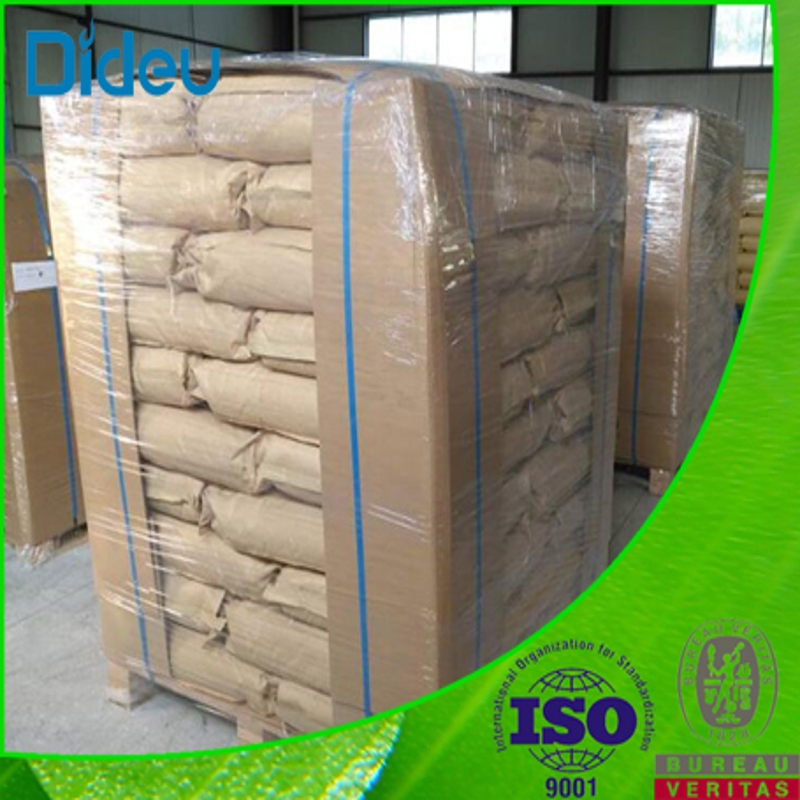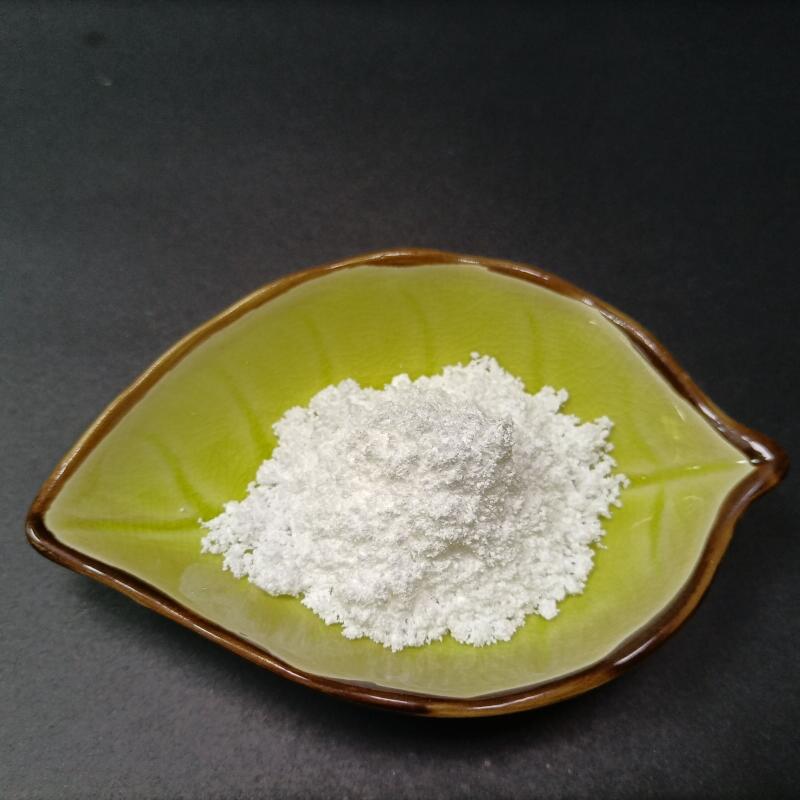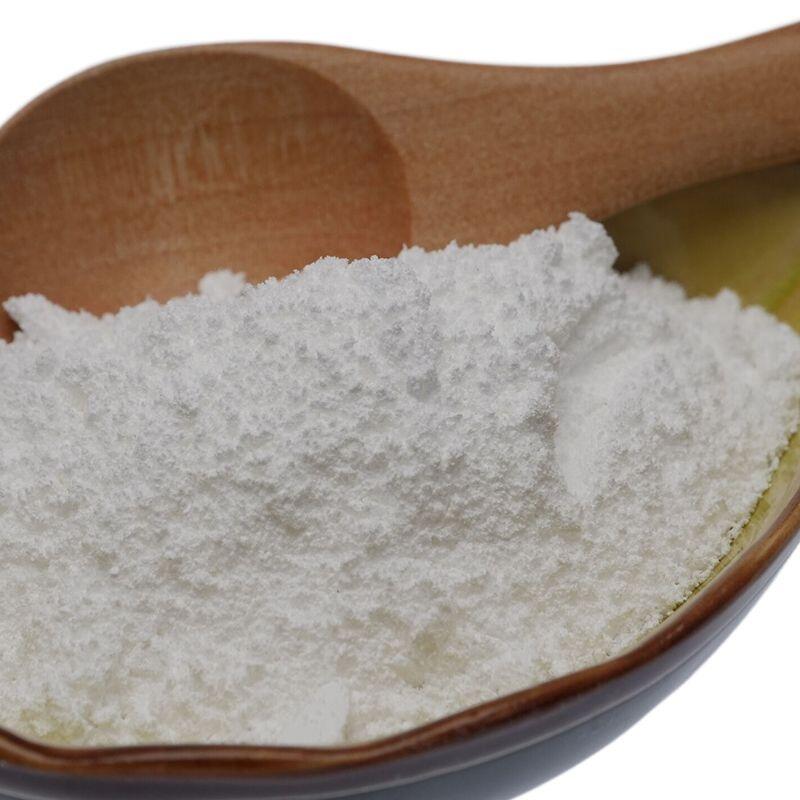-
The Upstream and Downstream products of 3-Bromo-4-methylbenzenesulphonamide
Time of Update: 2023-05-15
In the chemical industry, BMBS is considered an upstream product, which is a raw material used in the production of downstream products.
In the chemical industry, BMBS is considered an upstream product, which is a raw material used in the production of downstream products.
-
The Production Process of 3-Bromo-4-methylbenzenesulphonamide
Time of Update: 2023-05-15
The following are some of the essential pieces of equipment and resources required: Chemical reagents and solvents: Sulphuryl chloride, 4-methylbenzaldehyde, aluminum chloride, sodium hydroxide, bromine, water, methanol, ethanol, ether, benzene, silica gel, alumina, methanol, ethanol, ethyl acetate, hexane, infrared spectrophotometer, nuclear magnetic resonance spectrometer, mass spectrometer, melting point apparatus, and solubility tester.
-
The Synthetic Routes of N,N-DIMETHYL 3-NITROBENZENESULFONAMIDE
Time of Update: 2023-05-15
Once synthesized, DMDNS can be converted into a wide range of compounds and materials through various chemical reactions, making it a versatile building block for a variety of applications in the chemical industry.
-
The Synthetic Routes of 3-Bromo-4-methylbenzenesulphonamide
Time of Update: 2023-05-15
Electrophilic substitution: One of the most common synthetic routes for the production of 3-bromo-4-methylbenzenesulphonamide involves electrophilic substitution of benzene with the appropriate electrophile.
Electrophilic substitution: One of the most common synthetic routes for the production of 3-bromo-4-methylbenzenesulphonamide involves electrophilic substitution of benzene with the appropriate electrophile.
-
The Applications of 3-Bromo-4-methylbenzenesulphonamide
Time of Update: 2023-05-15
3-Bromo-4-methylbenzenesulphonamide, commonly referred to as BMBS, is a chemical compound that has a wide range of applications in the chemical industry.
3-Bromo-4-methylbenzenesulphonamide, commonly referred to as BMBS, is a chemical compound that has a wide range of applications in the chemical industry.
-
The Production Process of 2,4-Hexadienoic acid
Time of Update: 2023-05-15
The production process for 2,4-hexadienoic acid involves several steps, each of which requires careful control to ensure the quality and purity of the final product.
The production process for 2,4-hexadienoic acid involves several steps, each of which requires careful control to ensure the quality and purity of the final product.
-
The Safety of 3-Bromo-4-methylbenzenesulphonamide
Time of Update: 2023-05-15
It is important for workers who handle BMBCA to wear appropriate protective gear, such as respirators and gloves, to prevent inhalation and skin exposure.
It is important for workers who handle BMBCA to wear appropriate protective gear, such as respirators and gloves, to prevent inhalation and skin exposure.
-
The Safety of 2,4-Hexadienoic acid
Time of Update: 2023-05-15
Steps to Ensure Safe Handling To ensure the safe handling of 2,4-hexadienoic acid in the chemical industry, the following steps should be taken: Proper Storage: 2,4-hexadienoic acid should be stored in a cool, dry place and kept away from direct sunlight.
-
The Instruction of 2,4-Hexadienoic acid
Time of Update: 2023-05-15
Production of 2,4-hexadienoic acid The next step in the instruction of 2,4-hexadienoic acid is the hydrogenation of 2,4-hexadiene.
Production of 2,4-hexadienoic acid The next step in the instruction of 2,4-hexadienoic acid is the hydrogenation of 2,4-hexadiene.
-
The Production Process of N,N-DIMETHYL 3-NITROBENZENESULFONAMIDE
Time of Update: 2023-05-15
The production of DNB begins with the preparation of the raw materials, which include dimethyl sulfate, benzene, and nitric acid.
The production of DNB begins with the preparation of the raw materials, which include dimethyl sulfate, benzene, and nitric acid.
-
The Upstream and Downstream products of 2,4-Hexadienoic acid
Time of Update: 2023-05-15
In addition to raw crude oil and natural gas, other upstream products that can be derived from 2,4-Hexadienoic acid and its downstream products include various building blocks for the production of chemicals, such as ethylene and propylene, as well as raw materials for the production of plastics and other materials.
-
The Applications of N,N-DIMETHYL 3-NITROBENZENESULFONAMIDE
Time of Update: 2023-05-15
Its use as a catalyst in the polymerization of vinyl chloride monomer, as a builder in the production of detergent powders, as a flocculant in the production of paper, as a wetting agent in the textile industry, as a herbicide in the agricultural industry and as an intermediate in the synthesis of some drugs and as a research tool in the study of enzymes and their activity, makes it a valuable chemical in the industry.
-
The Instruction of N,N-DIMETHYL 3-NITROBENZENESULFONAMIDE
Time of Update: 2023-05-15
NDBS has a wide range of applications, including as a catalyst, a ligand, and a reagent in various chemical reactions.
NDBS has a wide range of applications, including as a catalyst, a ligand, and a reagent in various chemical reactions.
-
The Instruction of 3-Bromo-4-methylbenzenesulphonamide
Time of Update: 2023-05-15
The production process of 3-bromo-4-methylbenzenesulphonamide involves several steps, including the synthesis of the precursor compounds, their purification, and the final reaction to form the desired product.
The production process of 3-bromo-4-methylbenzenesulphonamide involves several steps, including the synthesis of the precursor compounds, their purification, and the final reaction to form the desired product.
-
The Safety of N,N-DIMETHYL 3-NITROBENZENESULFONAMIDE
Time of Update: 2023-05-15
While it has certain uses in the chemical industry, it is also a potentially hazardous substance that can cause harm to human health and the environment if not handled properly.
-
The Synthetic Routes of 2,4-Hexadienoic acid
Time of Update: 2023-05-15
The synthetic routes for 2,4-hexadienoic acid vary in terms of the specific reactants and conditions used, but they all involve a series of chemical reactions that convert the starting material into the desired product.
-
The Applications of 2,4-Hexadienoic acid
Time of Update: 2023-05-15
It is used in a wide range of applications, including the production of plastics and synthetic rubbers, lubricants and fuels, fibers and textiles, plastics and adhesives, and flavoring agents.
-
The Upstream and Downstream products of N,N-DIMETHYL 3-NITROBENZENESULFONAMIDE
Time of Update: 2023-05-15
The production of DNBBS involves several upstream processes, including the synthesis of dichloromethane, the nitration of toluene, and the sulfonation of aromatic compounds.
The production of DNBBS involves several upstream processes, including the synthesis of dichloromethane, the nitration of toluene, and the sulfonation of aromatic compounds.
-
The Synthetic Routes of 3-AMINO-N-BENZYLBENZENESULFONAMIDE
Time of Update: 2023-05-14
The reaction involves the addition of nitric acid to benzene, which leads to the formation of nitrobenzene.
The reaction involves the addition of nitric acid to benzene, which leads to the formation of nitrobenzene.
-
The Applications of 3-AMINO-N-BENZYLBENZENESULFONAMIDE
Time of Update: 2023-05-14
In conclusion, Aniline has numerous applications in the chemical industry, including the production of dyes, pharmaceuticals, perfumes and fragrances, cosmetics, solvents, and reagents.
In conclusion, Aniline has numerous applications in the chemical industry, including the production of dyes, pharmaceuticals, perfumes and fragrances, cosmetics, solvents, and reagents.







